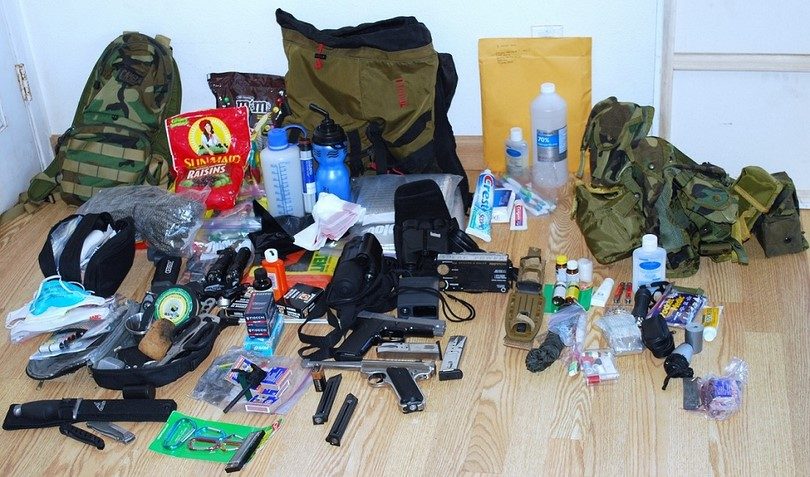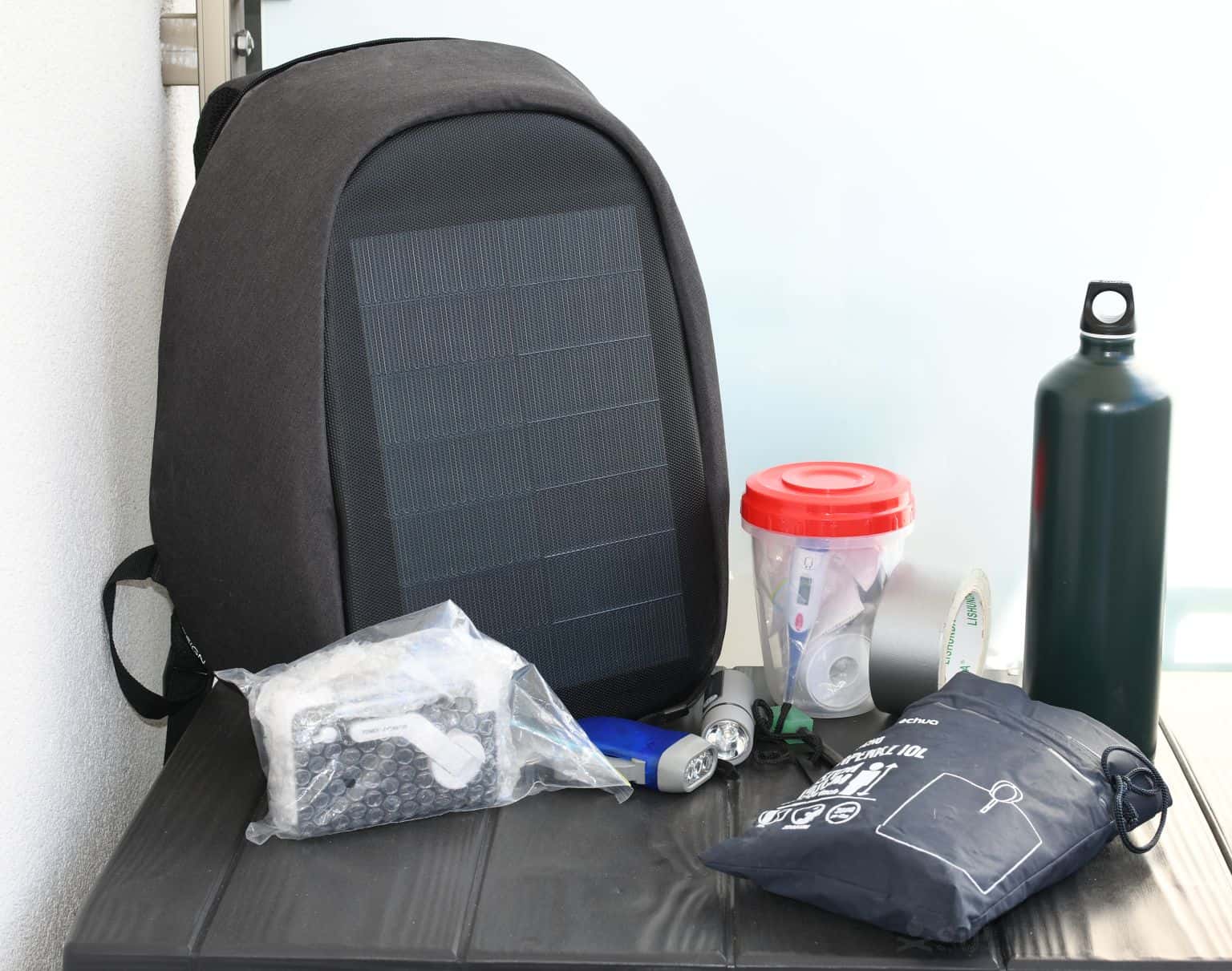
School Emergency Kits: Comprehensive Safety Solutions for Every Classroom
Classroom Emergency Kits
Yes, all food and water in the kit are shelf-stable and designed to last several years without refrigeration. Yes, the contents are stored in weather-resistant bags, ensuring they remain protected and usable in various conditions. Most kits are lightweight and portable, typically weighing between 10 and 20 pounds depending on the contents. Kits should be stored in easily accessible locations, such as near classroom doors or in a central emergency supply room, where they can be quickly grabbed during an emergency. Some advanced kits may include hand-crank or battery-powered radios to receive emergency broadcasts and updates during a crisis.
- By the time you finish reading this, you’ll know everything you need to know to start prepping—and stop worrying.
- The axe, for example, has 15 tools in one including a hammer, wire cutters, pliers, a saw, a bottle opener and a fish descaler, to name a few.
- You’ll want to begin your foray into disaster prep with something called all-hazards prepping.
- Emergency food bars or non-perishable food items are included, typically providing enough calories to sustain students and staff for several days.
- Providing teachers with critical emergency supplies that are readily accessible is a vital part of being prepared.
- Students can learn to use their emergency kits through school-led drills and hands-on training.

How long does it take to set up a classroom emergency kit?
It's essential to assess different brands and choose kits that meet your school's specific needs and budget. Yes, schools can add extra supplies such as medications, additional food, water, or personal hygiene items based on the needs of the students and staff. It’s recommended that each classroom have its own emergency kit to ensure there are enough supplies for all students and staff during an emergency. Yes, most kits include hygiene products such as hand sanitizer, wet wipes, and tissues to help maintain sanitation during emergencies.
Student Emergency Kits
Regularly check expiration dates on food, water, and batteries, and inspect the kit for any damage or missing supplies. Yes, it's essential to replace food and water when they expire, usually every 3 to 5 years. If you have a car, you can also stock a larger kit in your vehicle—which can help you prepare for road-side emergencies, too.

Yes, most kits include long-lasting emergency food bars or meals designed to sustain students and staff for up to 72 hours. Some kits include basic communication tools like whistles or even two-way radios in certain models. Most kits contain enough food and water to last a student for 72 hours, with non-perishable emergency food bars and approximately one gallon per person per day, as recommended for emergencies. Most supplies, such as emergency food and water, have a long shelf life of up to 5 years, though it's important to regularly check for expired items. Yes, the kits often contain supplies like thermal blankets, light sources, and emergency food and water, which are essential for sheltering in place. Some kits can be customized to include additional items based on the specific needs of the school, such as supplies for students with special needs or medical conditions.